Wartime headlight masks in more detail
Here I have/will be listing the types of headlight masks available during the course of the war. If you have come to this page first, it is probably best to read about the regulations first. If you know of any further types of mask, I would be interested to know about them.
The first regulations
Below is illustrated the first arrangements that the motorist was expected to meet. It was suggested that the masks with their shrouds could be made from cardboard at home. It is reproduced from the reverse of the original police notice. Also shown is a commercially made one.


The second regulations
To meet this set of regulations was a lot easier for the car owner, as the mask could easily be cut from card at home. This did not deter an enterprising company from selling a kit consisting of the headlight mask, diffusing material for the sidelights and the black paint to apply to reflectors.
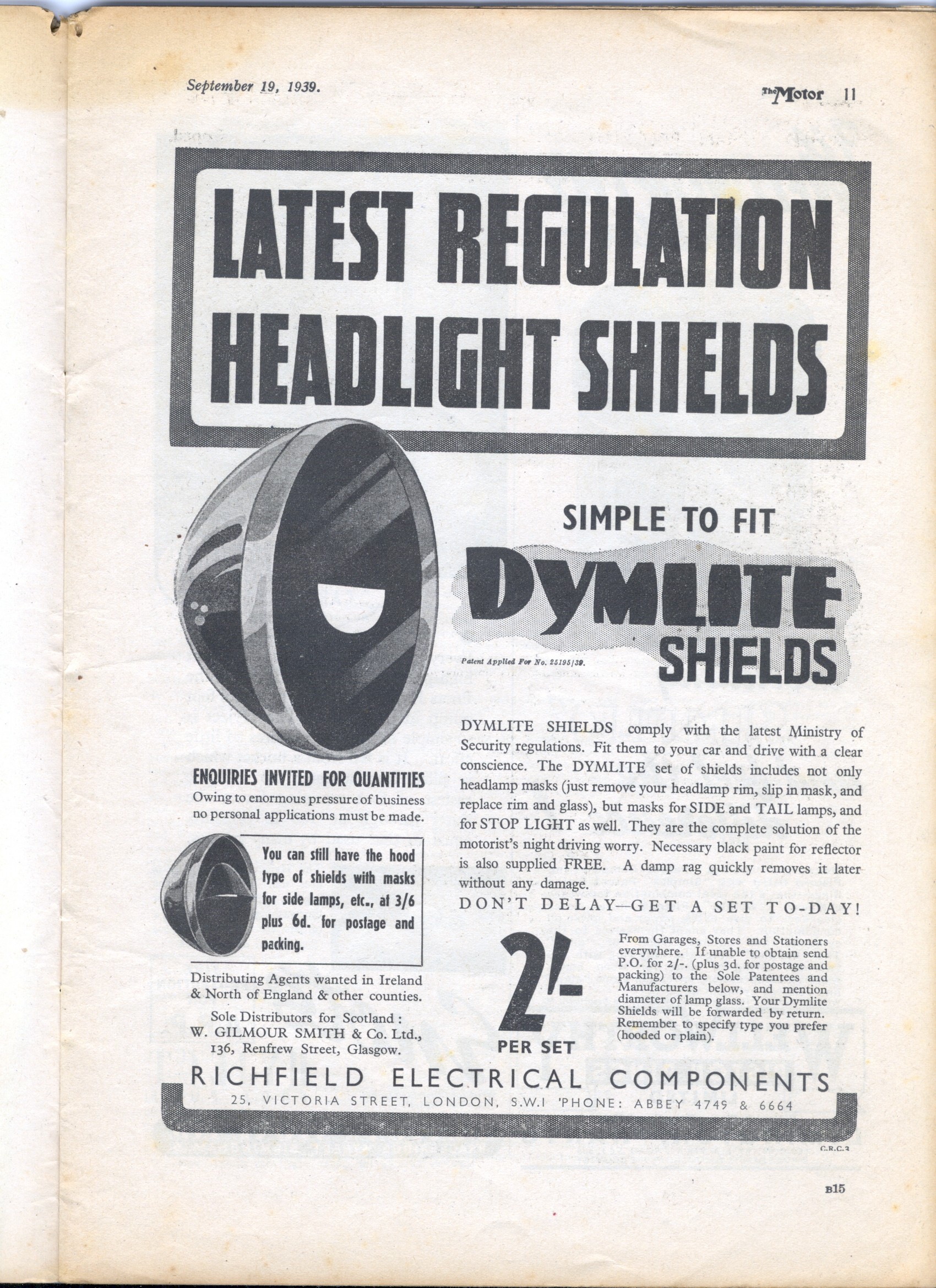
The government designed three slot pattern mask
Introduced from September 1939. The first one pictured is the more common type for vehicles with separate sidelights.
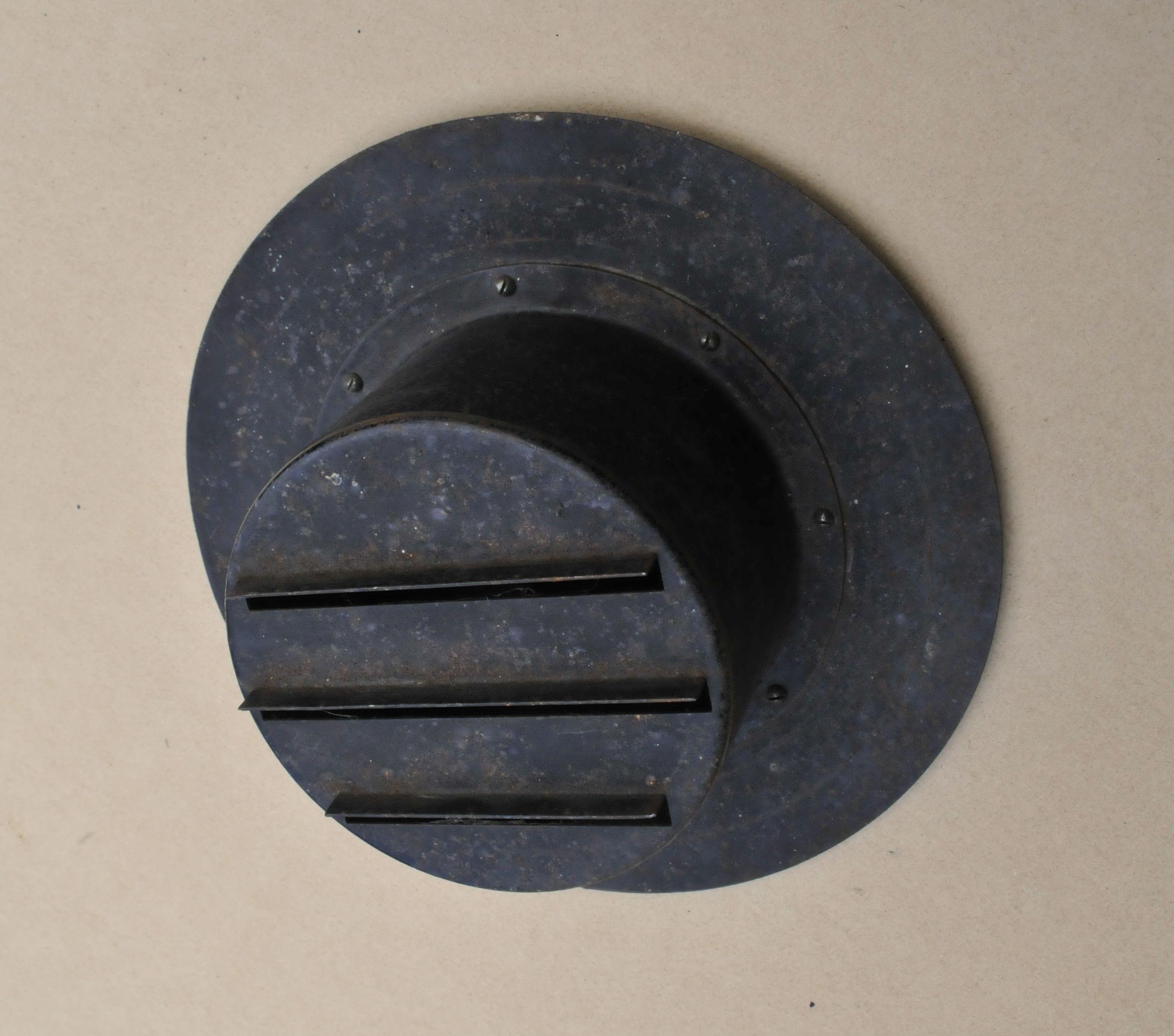
The second two pictured have the opaque window that act as a sidelight (or pilot light for motorcycles). The one on the left, with the large window dates from before October 1940. The one on the right has the 1" diameter window required after October 1940. Also the two pictured are unusual in being made to fit a Morris 8 Series E. That model of Morris 8 introduced in 1939 had a radical design of headlight whose front glass curved with the shape of the wings. The masks have angled plates to replace the glass.
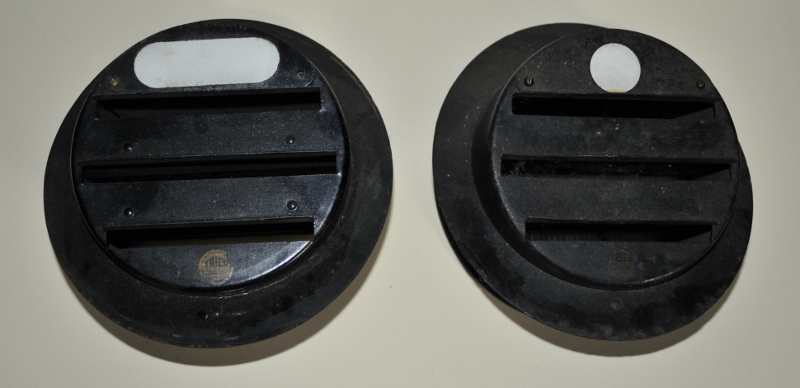
Weather proof covers for the three slot mask
The winter of 1939 to 1940 was a very harsh one, January 1940 having record snow falls. The front slots of the government mask were open and tended to collect snow within the masks. By mid-February, a couple of the mask manufacturers introduced slip-on glass fronted covers for the masks to protect them from the clogging snow. Below is pictured one made by Lucas


The first Hartley mask
V & N Hartley of Oldham made aluminium framed greenhouses and dabbled with other metalware products. They are still trading as Hartley Botanic and make exquisite greenhouses. Their first mask was announced to the press late November 1939 as an alternative to the government designed mask. It would be 3 months later that the government allowed such improved masks to be used. Options included different diameter backplates and sidelight/pilot apertures. The front louvred element was the same size on all variations and welded to the back plates.
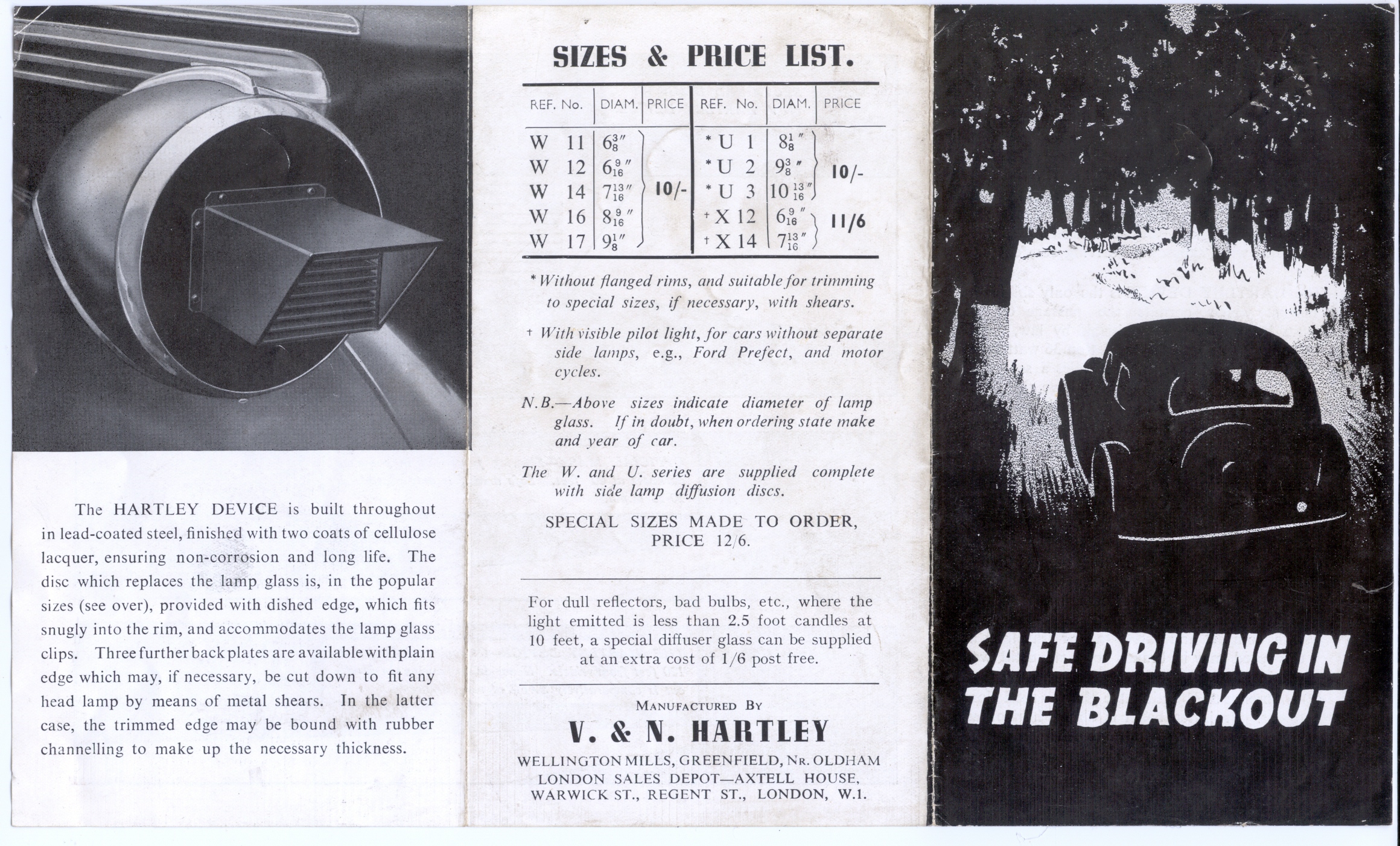
A sidelight mask
A neat little solution to the reduction of sidelight area in October 1940. Most people still resorted to painting around the outside of the sidelight glass. The one pictured is in "as-found" unrestored condition. Please excuse my dirty wings.
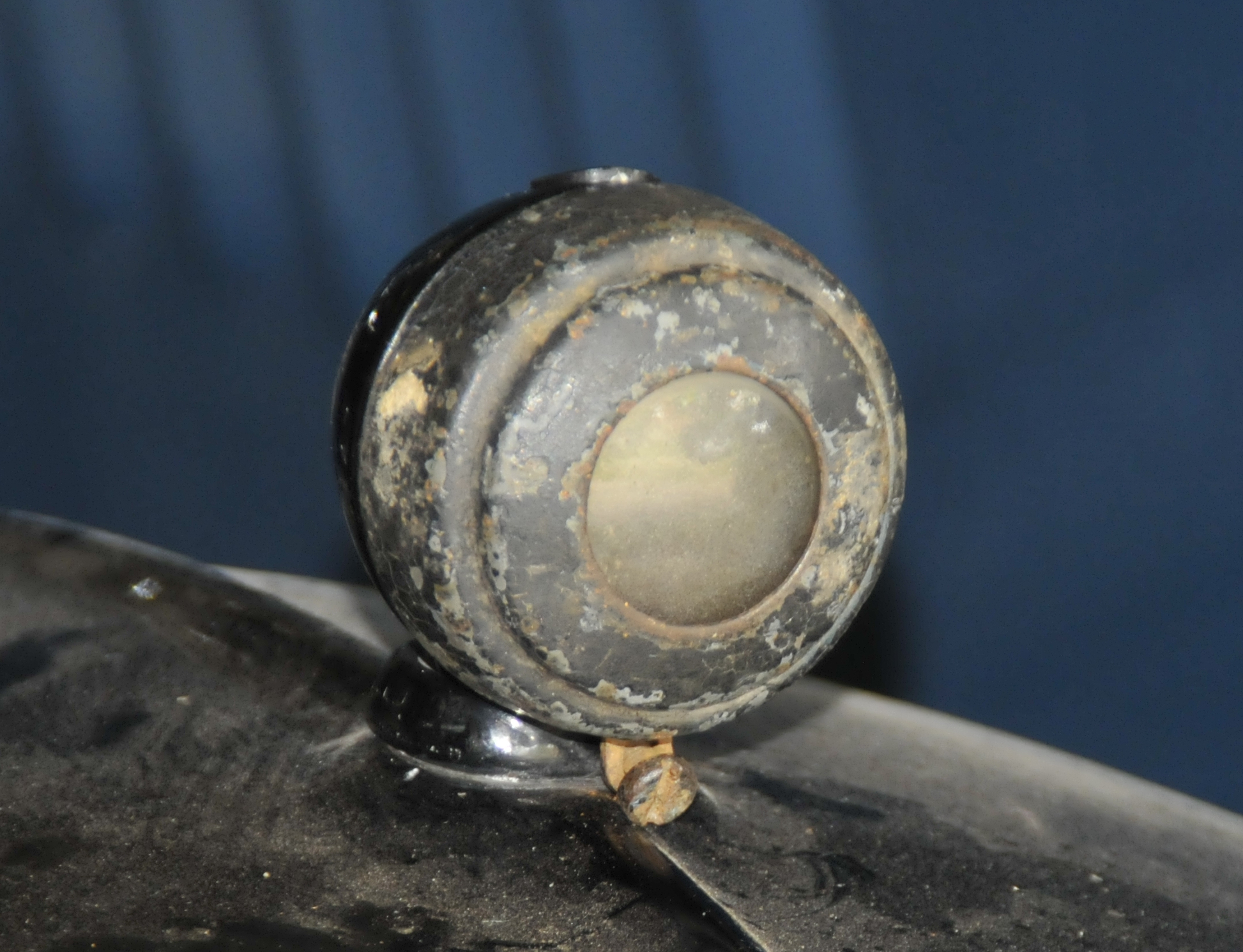
The Lucas Maxlite mask
The very distinctive peak and single slot of the Lucas Maxlite mask was introduced in January 1941. Below is pictured types with and without the obligatory light aperture.
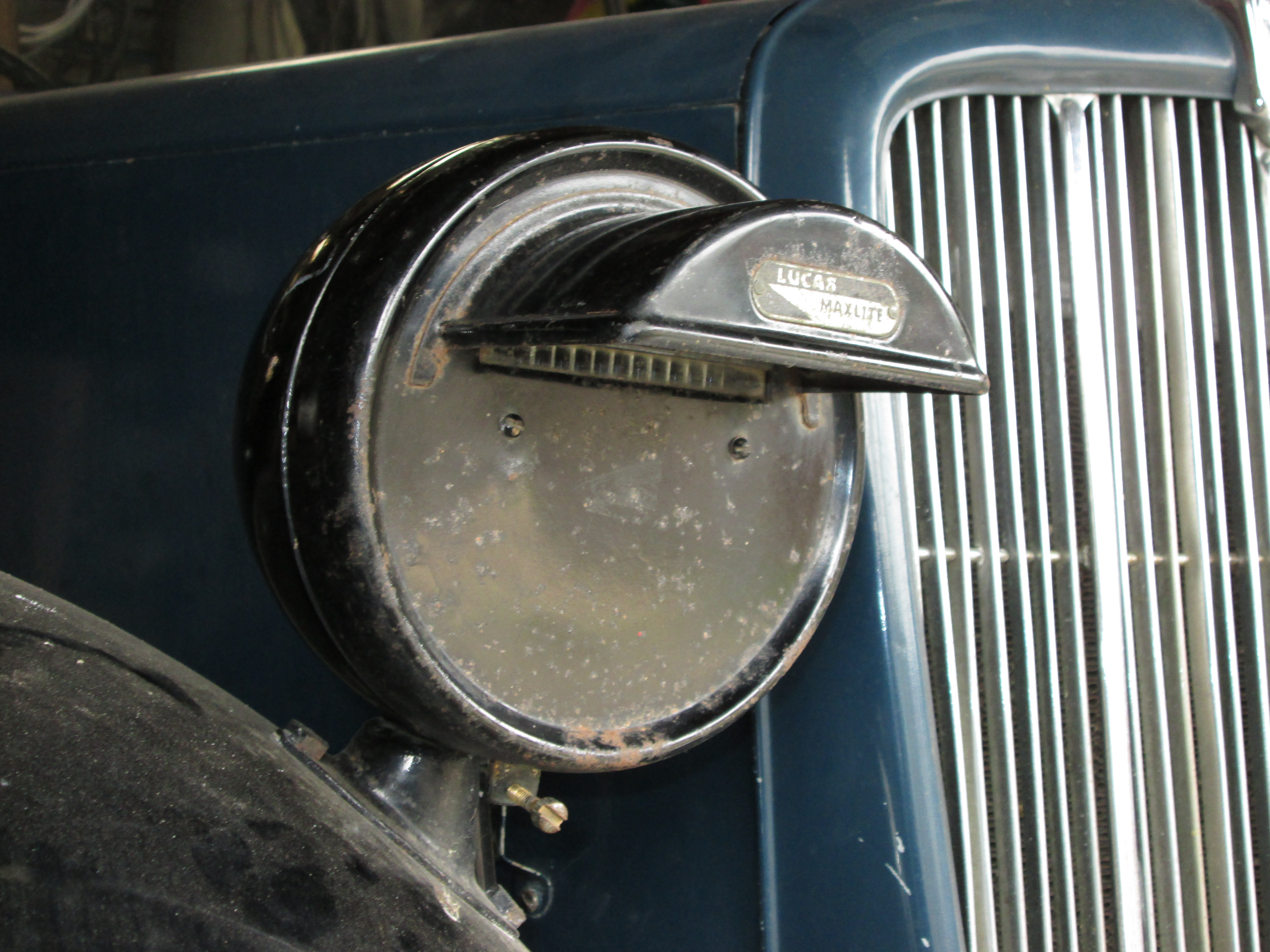

The second type Hartley mask
Introduced in September 1941 as an improved replacement for their earlier mask


The Sandalite mask
This mask I can find little about. It is made from low quality cast aluminium bolted to a steel back plate. I believe it was made by the company of William Sanders of Wednesbury. They made electrical fuseboxes and switchgear (many of which are cast aluminium). All their tradenames are of the form "Sanda.....".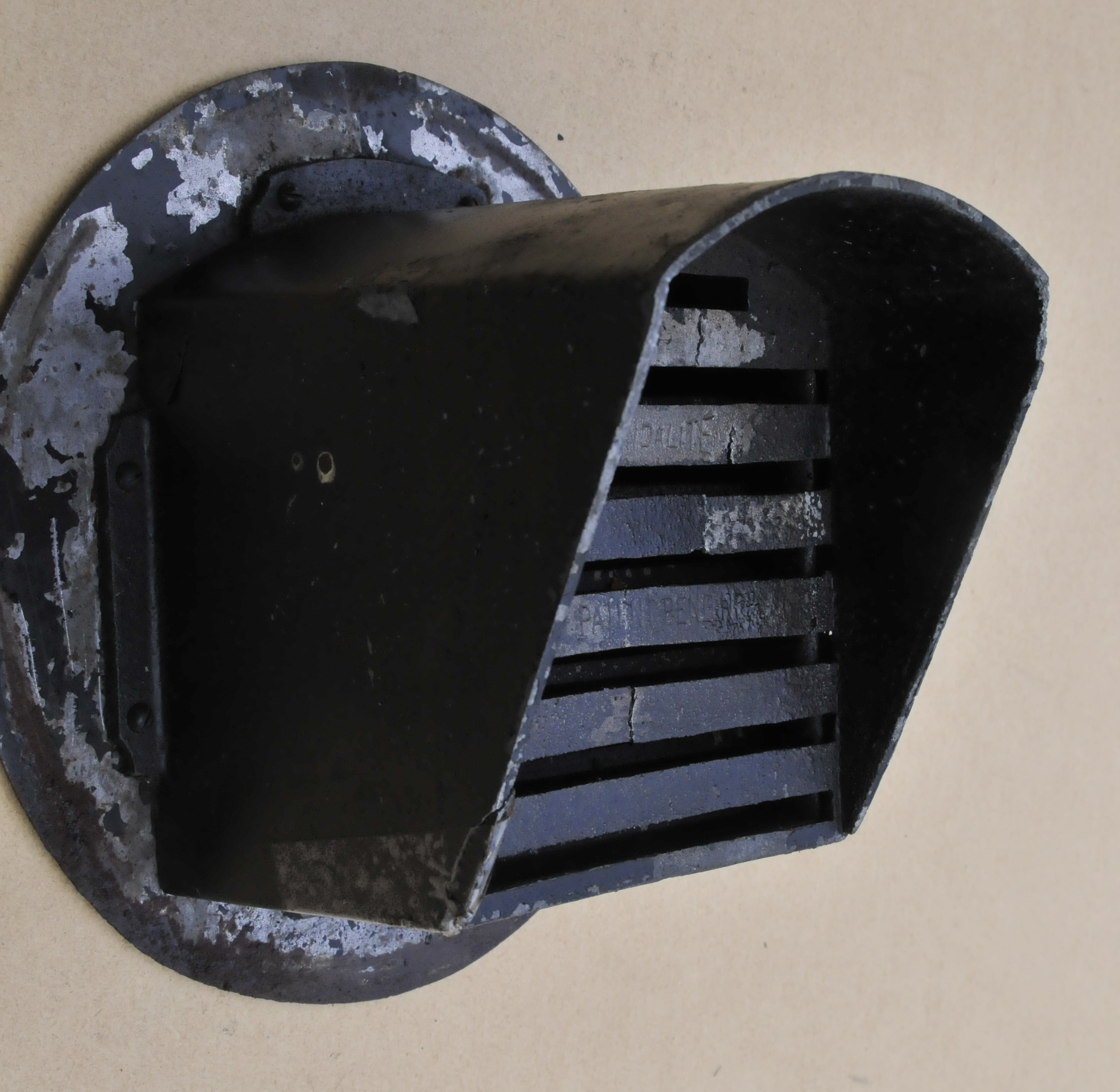
The Seymour mask
Introduced in January 1944, the Seymour mask was made by Seymour Products Ltd. of Ashton-under-Lyne, Lancashire. This late in the war, I cannot see how they could have been commercially successful.
Click here to return to the regulations
Click here to go to the examples